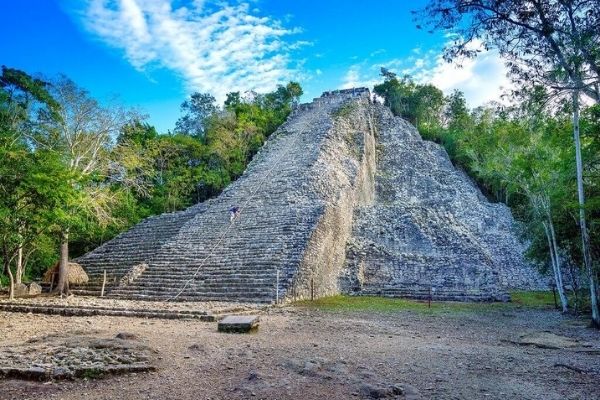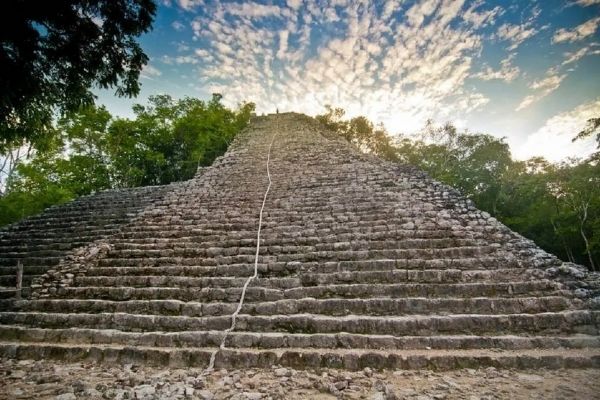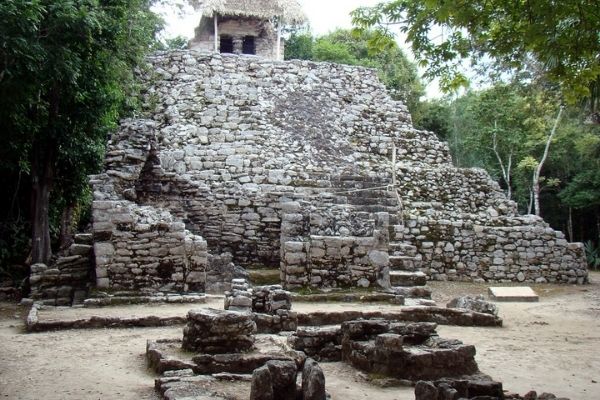The Coba Ruins cannot at all be called the most popular or most famous ruins located on the Yucatan, but they are for sure worth a visit and explore, especially the old pyramids it has to offer, including the famous site called Nohoch Mul, the great pyramid. One visit to the Coba Ruins and it feels like you have taken a lesson in history, an unbelievable demonstration in the countryside, and a powerful work done by ancient people. If you have plans to visit some of the famous ruins in Mexico, do not forget to include Coba Ruins in your list. They are great to pay a visit to as they are way less crowded than most of the other ruins in the area.
If you are on the search for some of the finest Mayan ruins located in Mexico, make sure that you have time on your hands to visit the Coba Ruins as well. Although most of the other ruins are open for climbing only when there is not much of a crowd, with Coba ruins, you surely do have a better chance. There are lakes all over the ruins and surrounding it. These lakes are thought to have given Coba its title, which deciphers to “waters stirred by the wind.”
Nevertheless, the ruins themselves are in the central parts of an uninhabited jungle. All through your visit, you’ll find that countless constructions are hidden in an impenetrable overgrowth of vines and vegetation. This scenery adds a creepy and furtive feel to the area.
Key Highlights
- Some of the oldest pyramids that can still be climbed on, including Nohoch Mul
- Less crowded than other popular ruins in the area
- Very photogenic sceneries with dense forests all around it
The History
Coba was one of the most primitive Mayan cities that were occupied. In today’s time, archaeologists think that the town was first occupied sometime amid 100 B.C. and 100 A.D. All through this period, it was a minor town with a minute population.
On the way to the 2nd century, there was a quick development in the population of Coba. The city touched its highest amid 200 and 600 A.D. All through this time, the city had a great area under its regulation, and it was home to inhabitants as high as 50,000, and the access to all the water bodies was also there. Coba also relished control over some of the famous trading routes which, joined with the water bodies and eventually helped the city to flourish. The decline of this city’s fortune started after 600 A.D. and by 1000 A.D.
Coba’s effect on the rest of the world diminished and nearly concluded, yet the city sustained to exist. It was eventually abandoned after the occurrence of the Spanish conquest that happened in the 16th century.
Visit this Hidden Gem of a Ruin Today!
If you are someone who wants to explore the true beauty of a hidden ruin and looking for a place that is not too crowded, then you must visit Coba Ruins. You will surely have a great day at this mysterious site.



